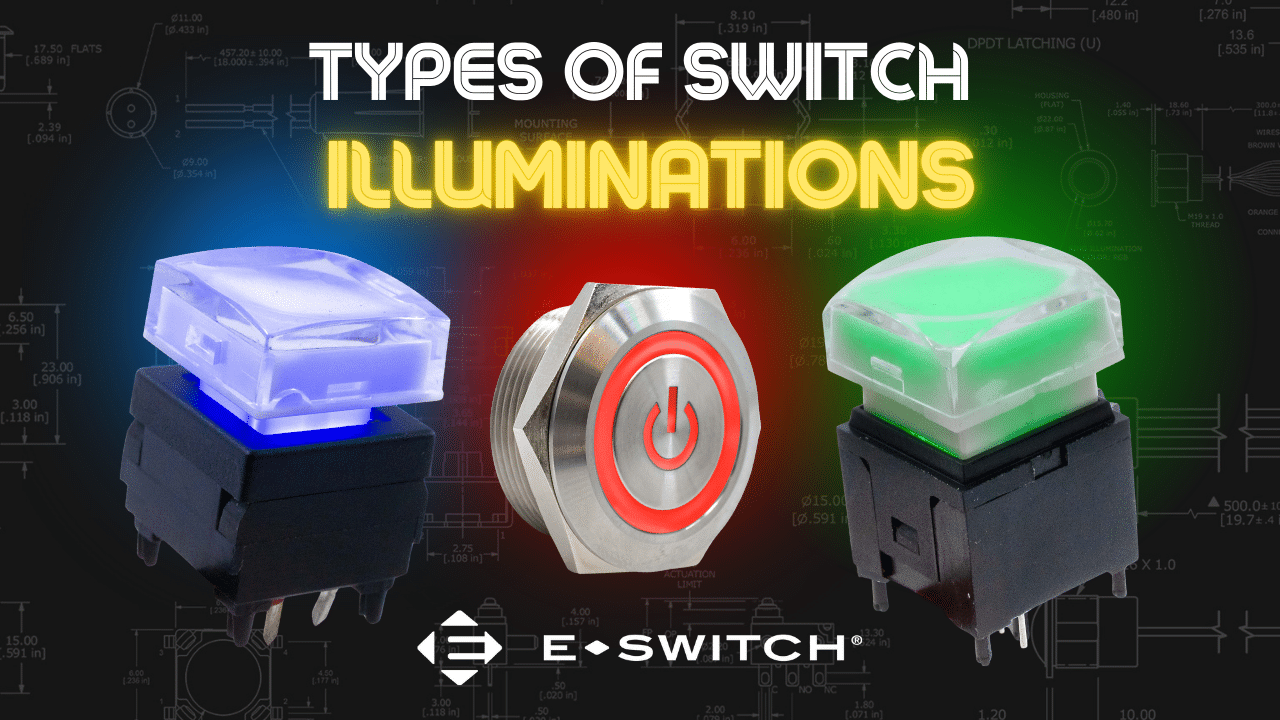As you search for the right switch, you might find that an illuminated switch is best for your needs. But what are the different types of illuminated switches, how do they work and what’s the difference between incandescent and LED and neon? In this post, we’ll look at the different types of illumination technologies that exist and work best for switches.
Illuminated electromechanical switches are switches that incorporate a visual indicator — usually in the form of an LED (Light Emitting Diode) or small incandescent bulb — to indicate the switch’s on/off state. There are several types of illuminated switches, each with its own characteristics.
Types of Illuminated Switches: Difference Between Incandescent and LED and Neon
What is an incandescent illuminated switch?

An incandescent lightbulb contains a wire filament incased inside glass that is heated up until it glows. Current flows through the filament via wires or terminals. Incandescent lights are inefficient compared to other technologies — less than five percent of the energy of an incandescent lightbulb is converted into light, the rest is lost as heat. Incandescent lamps produce a warm, familiar glow but consume more power and have a shorter lifespan compared to LEDs.
What is a neon illuminated switch?

A neon lightbulb is an electrified tube or bulb containing gas. Neon isn’t the only gas used in these devices. There are actually five gases used, each corresponding to a different color: neon glows orange/red, argon glows lavender, helium glows pink, krypton glows white and xenon glows light purple. More colors can be displayed using color-coded tubing or bulbs.
Neon lamps are known for their distinctive glow and have been traditionally used in many types of indicators. However, they are less energy-efficient compared to LEDs and have a shorter lifespan.
What is an LED illuminated switch?
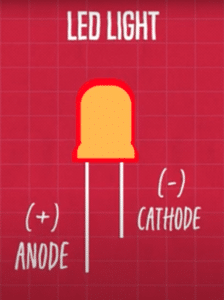
LED stands for “light emitting diode.” LED lighting consists of a semi-conducting device that produces light when current passes through it. LEDs have two leads: an anode (+) and a cathode (-) or “A” and “C” for short. The current flows through the anode and out through the cathode. Because of its efficiency/low power consumption, long lifespan and adaptability (able to produce various colors), LED lighting is the norm for electronic switches.
Incandescent and LED lamps are normally rated at DC voltage.

The main differences among these types of switches is in the choice of light source (LED, neon lamp, incandescent lamp) and the method of illumination. Neon lamp is rated at AC voltage, while incandescent and LED lamps are normally rated at DC voltage.
Factors such as power consumption, lifespan, brightness, color options and design flexibility vary depending on the type of illuminated switch used.
Illumination Classes
Three Classes of Illumination
- Independent
- Dependent
- Semi-independent
#1. Independent Illumination: Where the switch and light are electrically connected independent from each other.
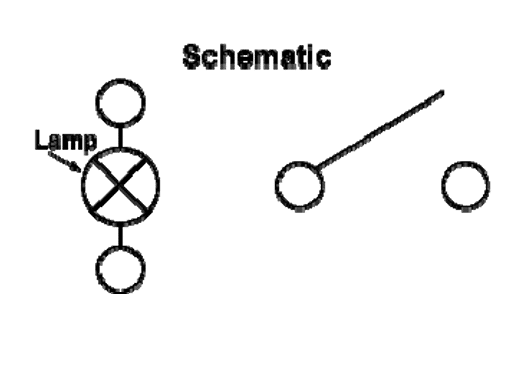
#2. Dependent Illumination: Where the switch and light are electrically connected and dependent on each other.
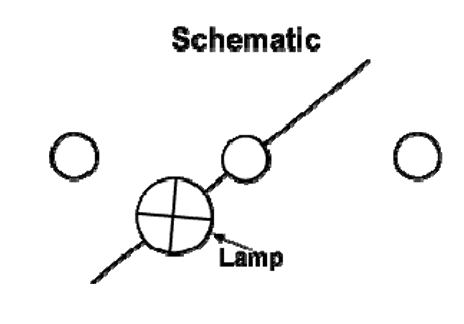
#3. Semi-independent Illumination: Where the switch and light share a common electrical terminal. The customer can decide if the switch and illumination are wired independent or dependent on each other.
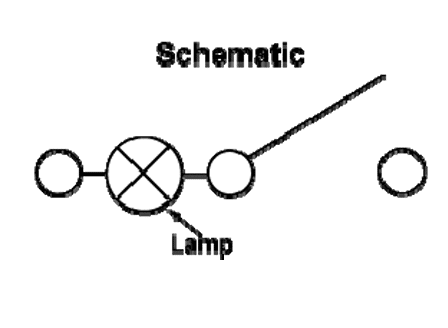
E-Switch’s Illuminated Switch Offerings
E-Switch has the broadest range of illuminated switches available with many pushbutton, anti-vandal, rocker, tact and slide switches featuring illumination capabilities. If you want to view the full selection, visit the illuminated section of our product catalog right here.
